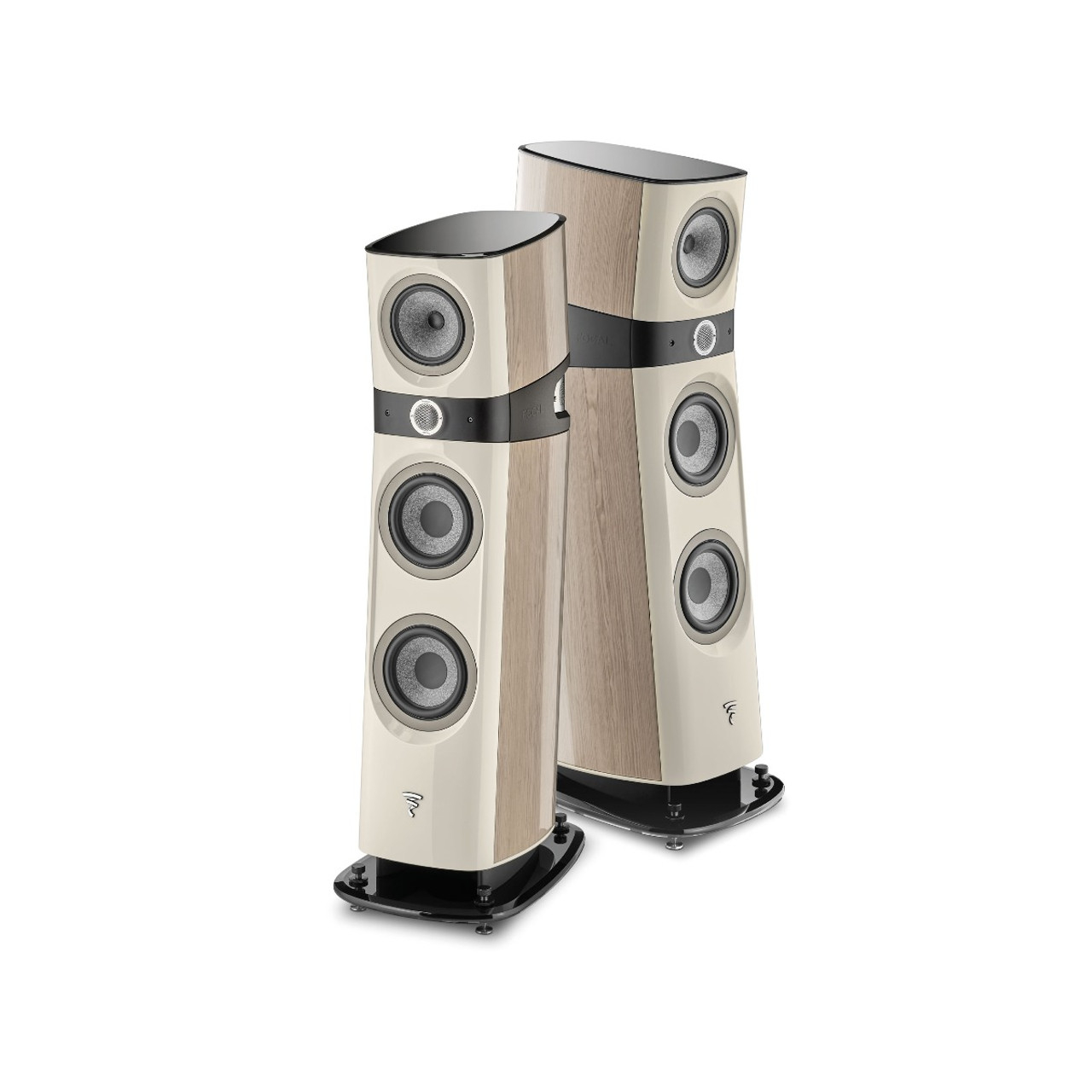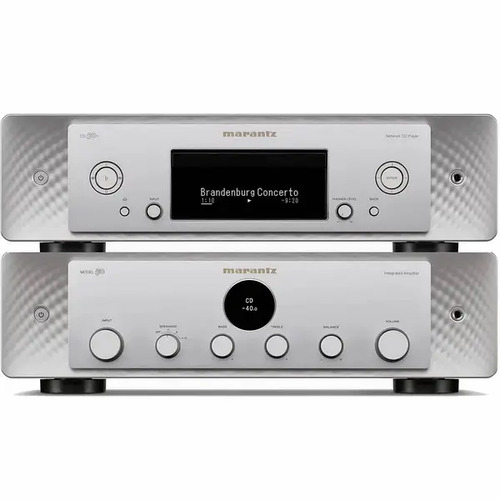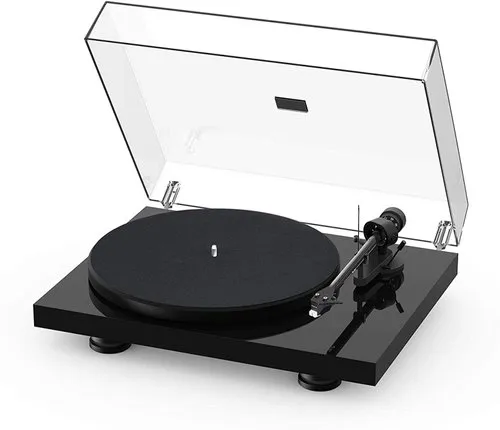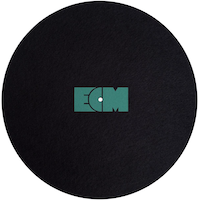Produkto aprašymas
Onkyo TX-8220 stereo 2.1 garso stiprintuvas resyveris 2x140 Bluetooth Audio FM radijas | nemokamas pristatymas
Audiovideo.lt Onkyo autorizuotas dyleris

Specifikacija:
- 2x140 W/ į kanalą aukštos srovės dinaminė garso signalo stiprinimo architektūra, 2x100 W RMS
- 2 skaitmeniniai (1 optinis ir 1 koksialiniai, 192 kHz/24-bit) įėjimai
- 4 RCA įėjimai
- 1 Fono įėjimas plokštelių grotuvui
- 1 išėjimas žemo dažnio garsiakalbiui
- Bluetooth® technologija FM/RDS and DAB/DAB+ Radija
- Išmatavimai (plotis x aukštis x gylis): 435 x 149.5 x 329 mm Svoris: 7 kg Spalvos: juoda ir sidabrinė
Šiuolaikinis Hi-Fi klasės stiprintuvas su Bluetooth, optine jungtimi ir žemo dažnio garsiakalbio pajungimo galimybėmis
Technical Details
Features
HIGHLIGHTS
- 100 W/Ch Hi-Current Amplification System
- Bluetooth® Audio Streaming Technology for Almost Any Device
- DAB+ and FM/RDS Radio Tuners with 40 Station Presets
- MM Phono, Analog, and Digital Audio Inputs
- Hi-Current Discrete Amplification System
ADVANCED FEATURES
- 100 W/Ch Stereo Power (6 Ω, 1 kHz, 10%, 1 Channel Driven, IEC)
- Stream from Mobiles, Smartphones, Tablets, Laptops, and PC via Bluetooth Version 4.1 (A2DP/AVRCP) with Bluetooth Standby and Auto Connect Functions
- DAB+ and FM/RDS Radio Tuners with 40-Station Memory Presets
- Radio Station Preset Naming (Up to 8 Characters)
Bluetooth® Transforms Mobile Audio Into Room-filling Sound
With low-latency Bluetooth 4.1 wireless technology, you can stream almost any audio that’s playing on your smartphone, tablet, laptop, or PC applications. Auto Connect function makes pairing up and playing back your music much faster and easier than before, with enhanced stability reducing loss in audio quality.
FM/DAB+ Tuner with 40 Memory Presets
Scan and save 40 FM/RDS and DAB+ radio stations for easy one-touch recall anytime. RDS function offers detailed station and song information as you listen. Bring a huge variety of programming to your listening space, from news and sport to music and talk radio.
Connects Your Turntable, CD Player, TV, and Media Streamer
Aimed at music and film lovers that want to add great sound to a variety of media sources, the TX-8220 comes extensively equipped with audio connections. The receiver is one of the few at this price to include a quality MM phono stage for your turntable. It also has digital inputs to route audio from TV through amp and speakers. Four analog line inputs are included should you prefer your source device to handle D/A conversion, or for connecting a phone or DAP.
Rich and Powerful Sound
Pair the TX-8220 with your choice of loudspeakers and add immersive sound to everyday entertainment, from streaming audio to TV programs, vinyl, and CD. Discrete amplifiers, massive EI transformer, and customized capacitors deliver ample driving power with low distortion. High current grips the speaker cones for more accurate control, restoring vitality and detail to music. Wide-range non-phase-shift circuitry, meanwhile, clearly focuses the audio image.
High Current and Low Impedance Architecture
Dynamic passages in music and film soundtracks can see impedance spike and dip dramatically for short periods. This can place up to 10 times the usual load on your amplifier, and if it can’t meet power demands, sound quality suffers. Onkyo’s high-current low-impedance WRAT design uses a massive EI transformer to drive your speakers accurately, even under heavy loads.
A/B Speaker Posts for Multi-room Audio
TX-8220 features two sets of speaker posts enabling connection of two pairs of speakers. The receiver is designed to drive either a single pair of speakers rated at 4–16 Ω, or two pairs of 8–16 Ω speakers, allowing you to enjoy the same audio source in two rooms at once, or to easily switch between two sets of speakers.
Bass, Treble, and Balance Controls
Bass, treble, and balance buttons are useful for adjusting the tone characteristics of your music for satisfying response with any speaker type. Carefully designed tone circuits—which some receivers don’t include—let you personalize sound to taste with no perceived loss in audio quality.














































































